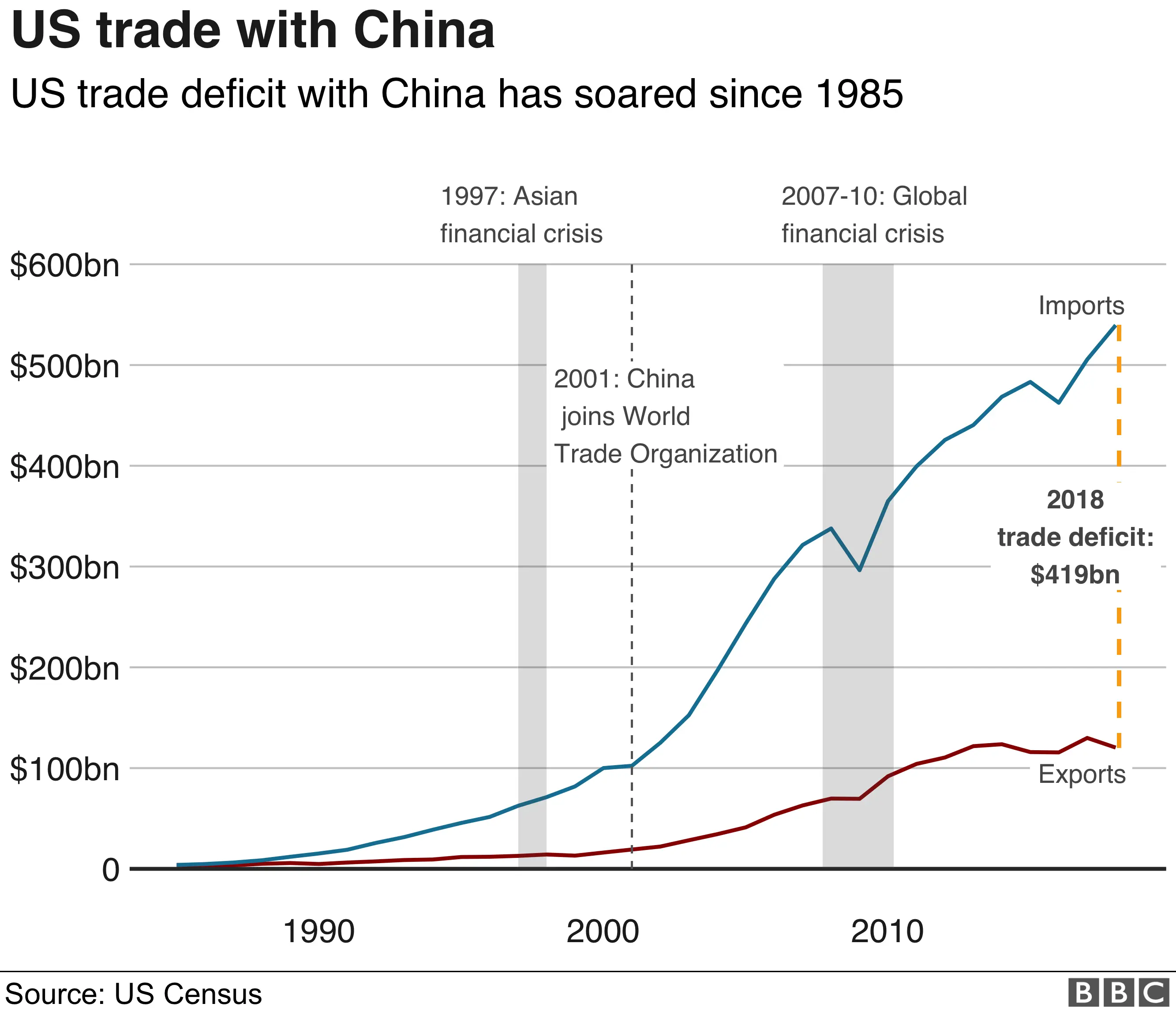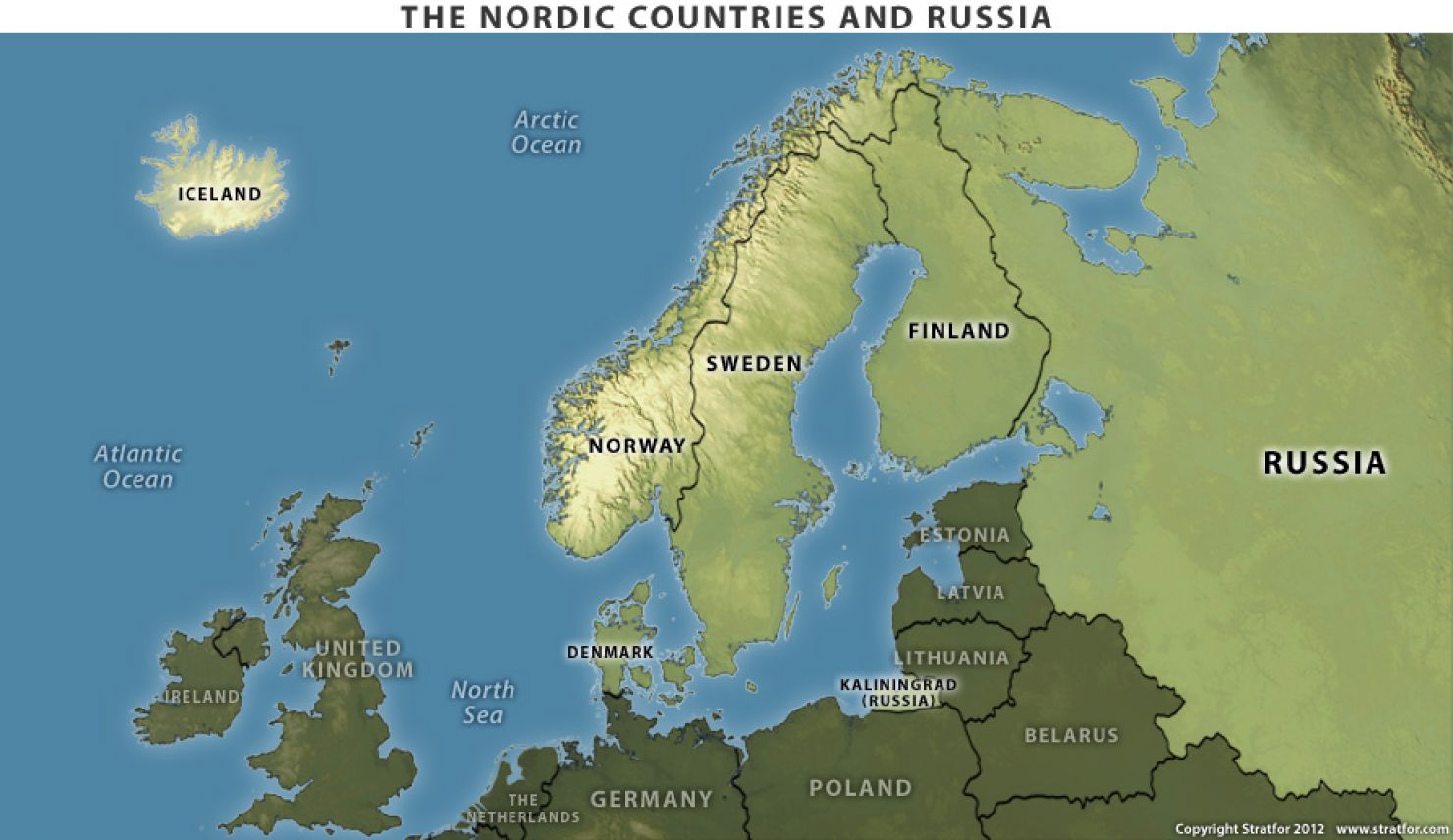How Tariffs Threaten China's Export-Led Growth Model

Table of Contents
Disruption of Global Supply Chains and Trade Relationships
The imposition of tariffs directly disrupts global supply chains and established trade relationships, creating significant headwinds for China's export-led growth. This disruption manifests in two key ways: increased costs and reduced competitiveness, and retaliatory tariffs and trade wars.
Increased Costs and Reduced Competitiveness
Tariffs directly increase the cost of Chinese goods in international markets. This makes them less competitive against products from other countries that don't face the same tariffs.
- Higher production costs: Manufacturers face increased expenses for raw materials and components, impacting their overall profitability.
- Reduced profit margins: The added tariff burden forces companies to either absorb the increased costs, reducing profit margins, or pass them on to consumers, impacting price competitiveness.
- Loss of market share: As Chinese goods become more expensive, consumers may opt for cheaper alternatives from other countries, leading to a loss of market share for Chinese exporters.
The impact on pricing strategies is significant. Chinese exporters face a difficult dilemma: absorb the increased costs and potentially become unprofitable, or pass them onto consumers, making their products less competitive in the global marketplace. For instance, the tariffs imposed on Chinese steel and aluminum have significantly impacted their competitiveness in global markets, forcing adjustments in production and pricing strategies.
Retaliatory Tariffs and Trade Wars
China's response to tariffs frequently involves imposing its own retaliatory tariffs, escalating trade tensions and further disrupting global supply chains. This tit-for-tat approach leads to a trade war, harming both sides involved.
- Impact on bilateral trade relations: Retaliatory tariffs damage the trust and cooperation necessary for healthy bilateral trade relationships.
- Disruption of established trading partnerships: Trade wars disrupt established supply chains and force businesses to seek alternative suppliers and markets, increasing costs and uncertainty.
The retaliatory tariffs imposed by China on US agricultural products, for example, significantly impacted American farmers and disrupted established trade flows. The broader geopolitical implications of trade wars extend beyond mere economic impact, affecting diplomatic relations and global stability.
Impact on Specific Chinese Industries
The impact of tariffs is not uniform across all Chinese industries. Some sectors are significantly more vulnerable than others.
Manufacturing Sector Vulnerability
China's manufacturing sector, the cornerstone of its export-led growth, is particularly vulnerable to tariffs.
- Job losses in manufacturing: Increased costs and reduced competitiveness lead to factory closures and job losses in the manufacturing sector.
- Factory closures: Unable to withstand the pressure of increased costs and reduced demand, many manufacturing plants are forced to close, resulting in significant economic losses.
- Reduced investment in the sector: Uncertainty stemming from tariffs discourages further investment in the manufacturing sector, hindering its growth and modernization.
Specific sub-sectors within manufacturing, such as textiles, electronics, and machinery, have experienced varying degrees of vulnerability. Statistical data clearly demonstrates the negative impact on employment and output in these sectors.
Technological Dependence and Innovation
Tariffs can hinder China's efforts to upgrade its industries and reduce technological dependence on foreign countries.
- Limited access to advanced technologies: Tariffs can restrict access to crucial components and technologies needed for advancements in high-tech industries.
- Slower technological advancement: Difficulty in acquiring advanced technologies slows down the pace of technological innovation and modernization in China's industries.
- Reduced innovation: Reduced access to foreign technology and expertise can hamper innovation and competitiveness in high-tech sectors.
Tariffs affect China's ability to compete in high-tech industries by limiting its access to crucial components and technologies from foreign suppliers. This dependence highlights the need for greater technological self-reliance.
Shifting Economic Priorities and Domestic Consumption
Faced with external trade challenges, China is increasingly focusing on boosting domestic consumption to reduce its reliance on exports.
Focus on Domestic Demand
To mitigate the effects of tariffs, China is actively investing in strategies to stimulate domestic demand.
- Investment in infrastructure: Large-scale infrastructure projects aim to create jobs and stimulate economic activity.
- Promoting consumer spending: Policies aimed at increasing disposable income and consumer confidence are being implemented.
- Supporting domestic businesses: Government initiatives support domestic businesses and encourage the growth of the domestic market.
The government's initiatives include policies to increase disposable income, improve consumer confidence, and stimulate investment in infrastructure projects.
Challenges of Transitioning to a Consumption-Driven Economy
Shifting from an export-led to a consumption-driven economy is a significant undertaking.
- Structural economic reforms needed: Deep-seated structural reforms are necessary to support a consumption-driven economy.
- Challenges in balancing economic growth with social equity: Balancing economic growth with social equity and addressing income inequality remains a significant challenge.
The transition requires addressing income inequality, fostering a culture of consumer spending, and implementing effective structural reforms to ensure a smooth shift.
Conclusion
The imposition of tariffs poses a serious threat to China's export-led growth model. While China is actively pursuing strategies to mitigate these challenges, including a focus on domestic consumption and technological self-reliance, the transition will be complex and require significant adjustments. Understanding the multifaceted impacts of tariffs and China's export-led growth is crucial for navigating the evolving global economic landscape. Further research and analysis are needed to predict the long-term consequences and formulate effective policy responses to the challenges posed by trade protectionism. Continue learning about the effects of tariffs on China's economy to stay informed about this critical issue.

Featured Posts
-
 The Looming Threat Of Googles Breakup What It Means For Users
Apr 22, 2025
The Looming Threat Of Googles Breakup What It Means For Users
Apr 22, 2025 -
 Open Ais Chat Gpt Faces Ftc Probe What It Means
Apr 22, 2025
Open Ais Chat Gpt Faces Ftc Probe What It Means
Apr 22, 2025 -
 The Future Of Nordic Defense Collaboration Between Sweden And Finlands Armed Forces
Apr 22, 2025
The Future Of Nordic Defense Collaboration Between Sweden And Finlands Armed Forces
Apr 22, 2025 -
 Analyzing The Chinese Auto Market Lessons From Bmw And Porsches Experiences
Apr 22, 2025
Analyzing The Chinese Auto Market Lessons From Bmw And Porsches Experiences
Apr 22, 2025 -
 Why Automating Nike Sneaker Production Is So Difficult
Apr 22, 2025
Why Automating Nike Sneaker Production Is So Difficult
Apr 22, 2025
